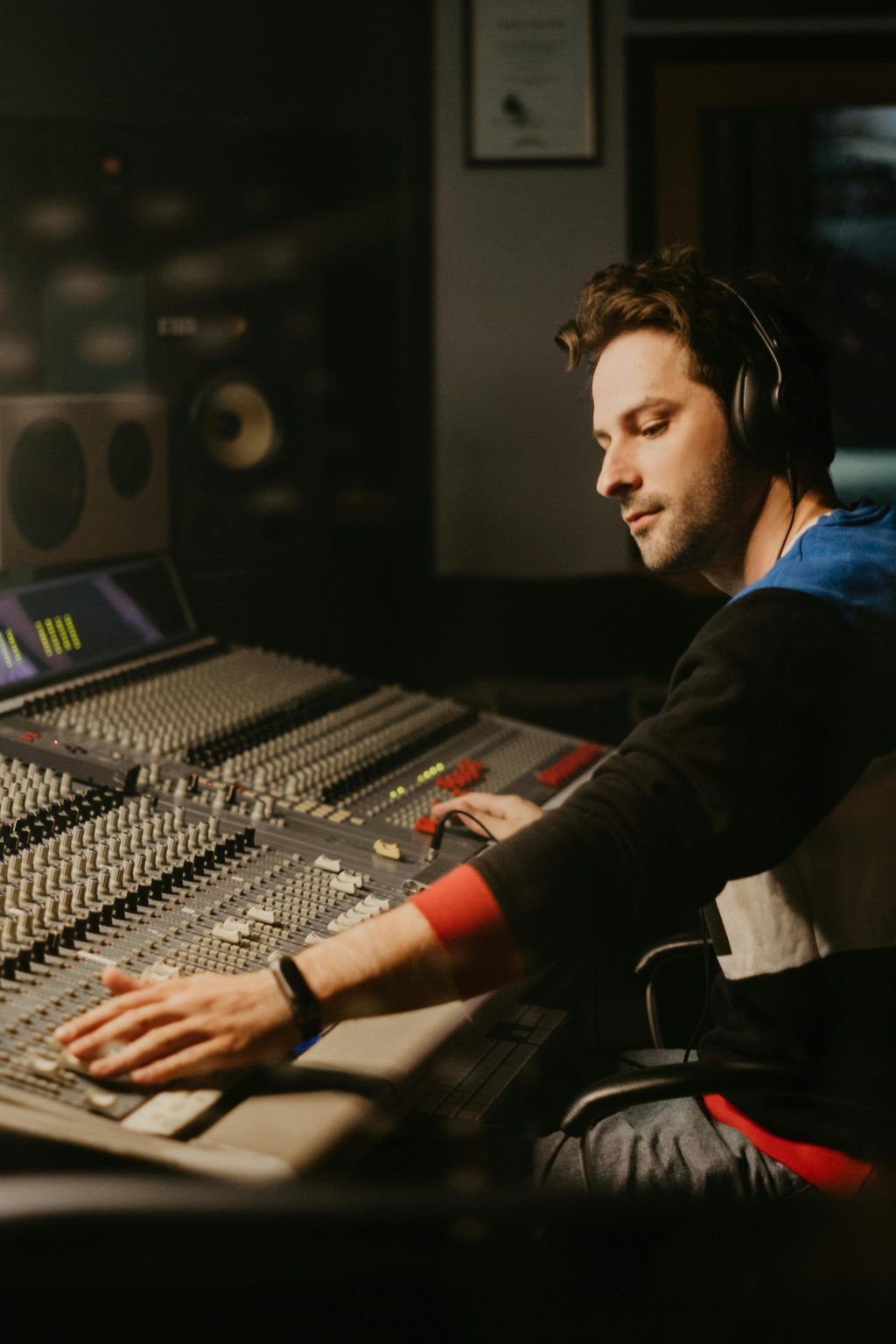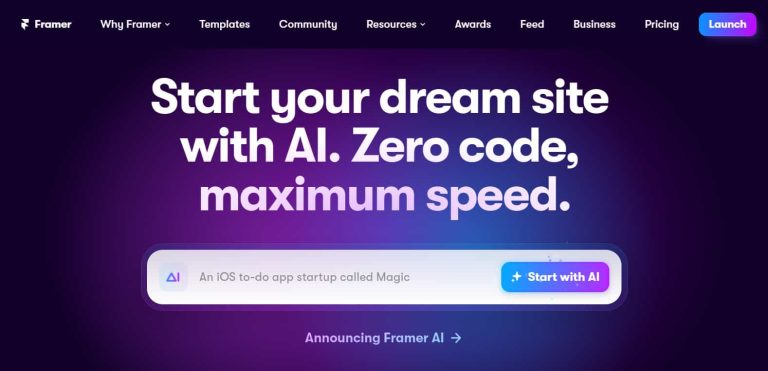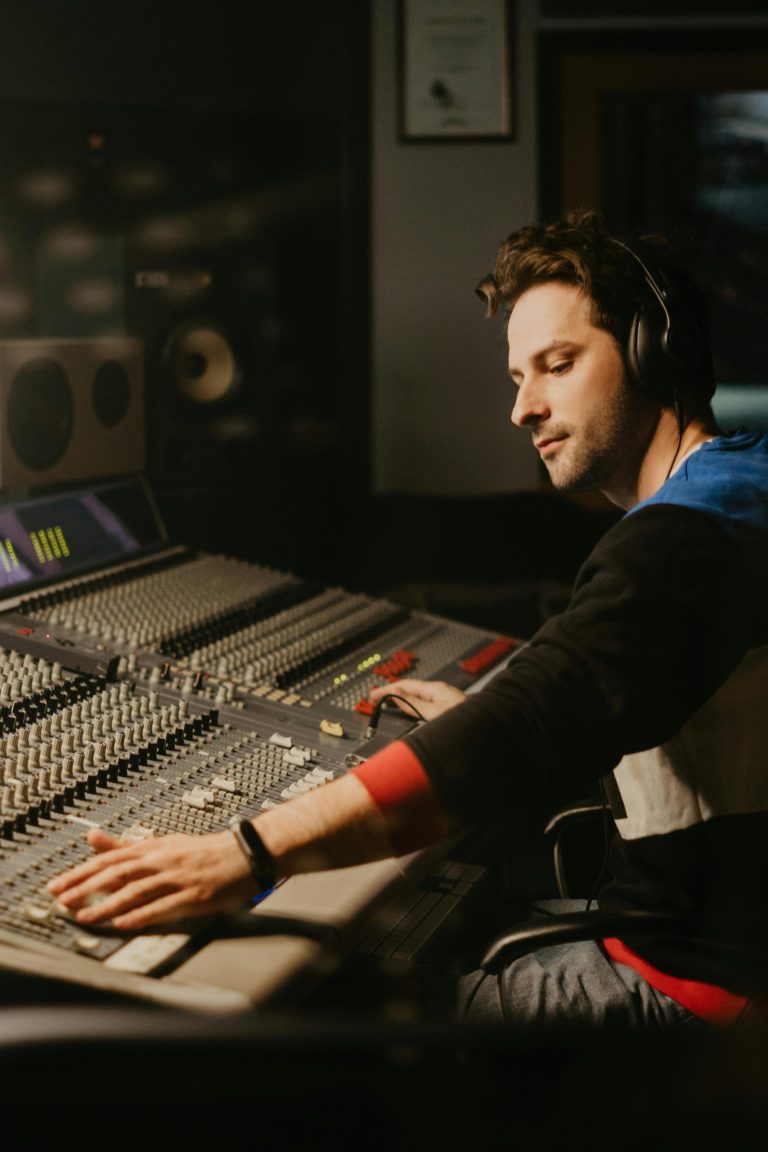
In today’s music industry, music pitching is more than just sending your track to a playlist or a blog. It’s a strategy—one that independent artists must master to stand out. As DIY musicians gain more control over their careers, mastering the art of music pitching can make the difference between obscurity and meaningful exposure. Whether you’re aiming for Spotify playlists, blog features, or sync opportunities, these 24 strategies will help you pitch your music smarter, not harder.
1. Know Your Audience
Before any music pitching begins, define who your music is for. Targeted pitching yields far better results than a broad, generic approach.
2. Create a Strong EPK
An electronic press kit (EPK) is essential in music pitching. It should include your bio, high-quality photos, links to your music, and past press coverage.
3. Personalize Every Pitch
Generic emails are often ignored. Tailor each music pitching email to the recipient, mentioning their past work or playlists they’ve curated.
4. Perfect Your Subject Line
Email subject lines are the front door to your pitch. Crafting a compelling one is key in effective music pitching.
5. Focus on Quality Production
No matter how great your music pitching strategy is, poor production will hold you back. Ensure your tracks are professionally mixed and mastered.
6. Highlight One Song
When music pitching, don’t send your whole discography. Lead with your strongest single and explain why it stands out.
7. Use Smart Links
Create smart links to track clicks and engagement. This can help you evaluate which music pitching strategies are performing best.
8. Reach Out to Micro-Influencers
Music blogs and influencers with smaller followings often respond better to music pitching efforts and have higher engagement rates.
9. Submit to Playlist Curators
Platforms like SubmitHub and Groover make music pitching to independent curators more streamlined and transparent.
10. Follow Up Tactfully
A single follow-up message can increase your music pitching success. Wait about a week before nudging the recipient.
11. Utilize Social Proof
Mention milestones like streams, notable collaborations, or previous placements in your music pitching to build credibility.
12. Collaborate with Other Artists
Cross-promotions expand your reach. Mentioning collaborations in your music pitching can make your track more appealing to curators.
13. Tap into Local Media
Local blogs and radio stations are often overlooked in music pitching, but they can provide essential grassroots support.
14. Optimize Your Streaming Profile
Before you start music pitching, ensure your Spotify and Apple Music profiles are updated and visually consistent.
15. Include a Call to Action
Don’t assume they’ll know what you want. End your music pitching email with a clear ask, like “consider adding to your playlist.”
16. Use Targeted Hashtags
For social music pitching, targeted hashtags on platforms like Instagram and TikTok can help your pitch reach the right people organically.
17. Build Relationships First
Cold music pitching has lower success rates. Engage with blogs or curators on social media before sending your pitch.
18. Be Consistent
The most successful music pitching isn’t a one-time effort. Make it a regular part of your promotional calendar.
19. Create Engaging Visuals
Pairing your music with compelling visuals can make your music pitching emails and social posts more clickable.
20. Offer Exclusive Content
Give curators a reason to respond. In your music pitching, offer exclusive access to unreleased material or behind-the-scenes content.
21. Use Data to Improve
Analyze past music pitching campaigns to understand what’s working. Look at open rates, responses, and playlist adds.
22. Get on Hype Machine
Submitting your tracks to blogs indexed on Hype Machine can amplify your music pitching with additional exposure opportunities.
23. Be Professional and Polite
A respectful tone goes a long way in music pitching. Even if you’re rejected, thank them and keep the door open for future releases.
24. Always Add Value
Ask yourself what the recipient gains from your pitch. Value-driven music pitching has the highest long-term return.
In conclusion, mastering music pitching is essential for any independent artist looking to grow without a label. With these 24 proven strategies, you can enhance your visibility, reach the right audiences, and build lasting industry relationships. Effective music pitching requires personalization, consistency, and an understanding of both your music and your audience. When done right, music pitching becomes more than a tool—it becomes your growth engine. Whether you’re new to the game or refining your approach, integrating these music pitching tactics will help you gain the exposure your music truly deserves.



